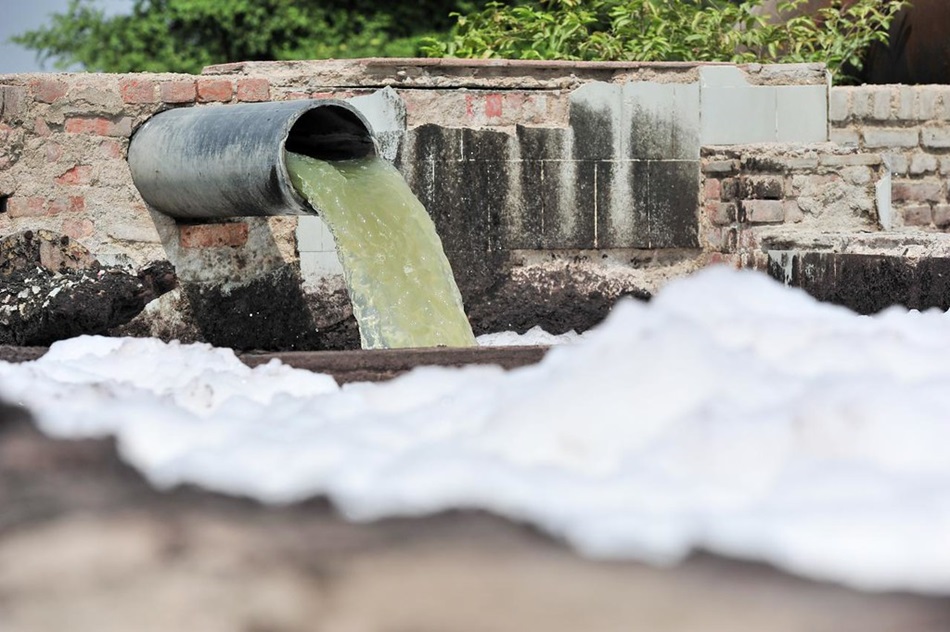Some countries are better placed than others to make the change and create sustainable urban-rural linkages.
By Avinandan Taron

More than half of the world’s population (over 4 billion) live in urban areas. Good urbanization prioritizes environmental, social, and economic sustainability. These cities focus on minimizing the negative impact of economic activities on the environment while providing a better standard of living to the residents. Sustainable cities create a conducive environment for businesses to thrive and mature through innovative and responsible practices. These businesses in turn contribute to sustainable urban transition through innovative financing, knowledge and expertise. The circular bioeconomy (CBE) focuses on minimizing waste by replacing the wide range of non-renewable, fossil-based products currently in use. The promotion of these innovations leads to sustainable urban-rural linkages.
It’s all about the money
The World Bank estimates that more than $4.5-5.4 trillion per year will be needed to fund climate-resilient urban infrastructure. However, annual climate finance flows for cities have only reached approximately $384 billion. The development and maintenance of critical urban infrastructure and services, such as water supply, energy, and waste management, demand substantial and sustainable investments. One increasingly popular expenditure is the introduction of circularity in the waste management process. Developing new technological innovations and financing by private entities through different business models, new funding strategies and collaborative partnerships are key to designing, developing, and managing sustainable cities.
Governance is key to fostering private businesses. Its multifaceted role includes enacting policies and regulations and promoting collaborations through Public-Private Partnerships to establish urban environments that are more environmentally responsible, socially equitable, and economically prosperous.
Who’s ready for CBE?
A forthcoming study by the International Water Management Institute titled ‘Assessing the investment climate to promote circular bioeconomy: A cross country analysis’ examines fifteen economies across different regions and the impetus provided to businesses to thrive through (i) regulatory frameworks, (ii) business environment and associated procedures, (iii) governance climate: infrastructure, incentives, corruption, and satisfactions, (iv) access to finance – lending rates, donor grants and associated dependencies, issuance of green bonds, and (v) entrepreneur ecosystems for circular bioeconomy.
While most of the countries analyzed indicated evidence of regulations on waste management and policies related to promoting circularity, the divide is mainly on aspects related to business environment, access to finance, and governance. The World Bank’s Ease of Doing Business and Global Competitiveness indices indicate that Southeast Asian and Latin American countries are better positioned than other Asian and African countries, except for India, Rwanda and Kenya. The new business density rate is higher for Peru, Colombia, Rwanda and Kenya, with Vietnam showing the effectiveness of its business environment.
The Chandler Good Government Index (CGGI 2022), identifies South Asian countries (India and Bangladesh) as top performers, followed by Latin America countries and Southeast Asian countries (Vietnam and Philippines). African countries, except for Rwanda and Egypt, are low performers. Meanwhile, infrastructure investment per capita is higher in Peru and Columbia compared to other countries, although Vietnam and Egypt are close competitors. Expenditure by countries on Sustainable Development Goals (especially goal 11 – sustainable cities and communities), shows that Kenya, Bangladesh and India contribute higher in comparison to countries in the region. Colombia with $1.5 trillion leads on investment generated by green bonds—instruments specifically earmarked to raise money for climate and environmental projects—followed by India ($21 billion), Philippines ($2.9 billion), Egypt ($750 million), Vietnam ($284 million) Cambodia ($95 million), and Kenya ($28.59 million).
CBE for better outcomes
Overall, the study reveals that economies like Peru and Colombia (Latin America), Philippines (Southeast Asia), are leading in terms of providing opportunities for establishing CBE. Countries in South Asia (India, Bangladesh), Southeast Asia (Vietnam) and in Africa (like Egypt, Rwanda, Kenya, Ghana) are emerging centers for circular businesses. In other countries either the business environment/governance is not developed to attract entrepreneurs (Cambodia, Sri Lanka, Nepal), and/or have low market potential (Burkina Faso, Ethiopia) which deters growth. Most of these economies are challenged by factors such as awareness and education, investment in infrastructure, supportive policies and regulations, market development for recycled products, and technological advancements. Overcoming these barriers can help foster the widespread adoption of CBE.
The shift is not easy, but it is important. It offers a means of holistically transforming the way we manage not just our cities but our land, food, health and industrial systems. It provides new opportunities for economic growth, a means to build equitable societies, as well as preserve and rebuild ecosystems in desperate need.

